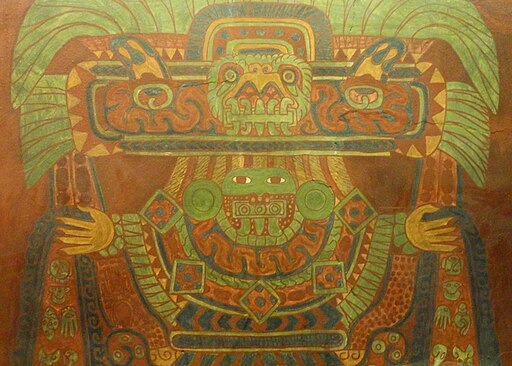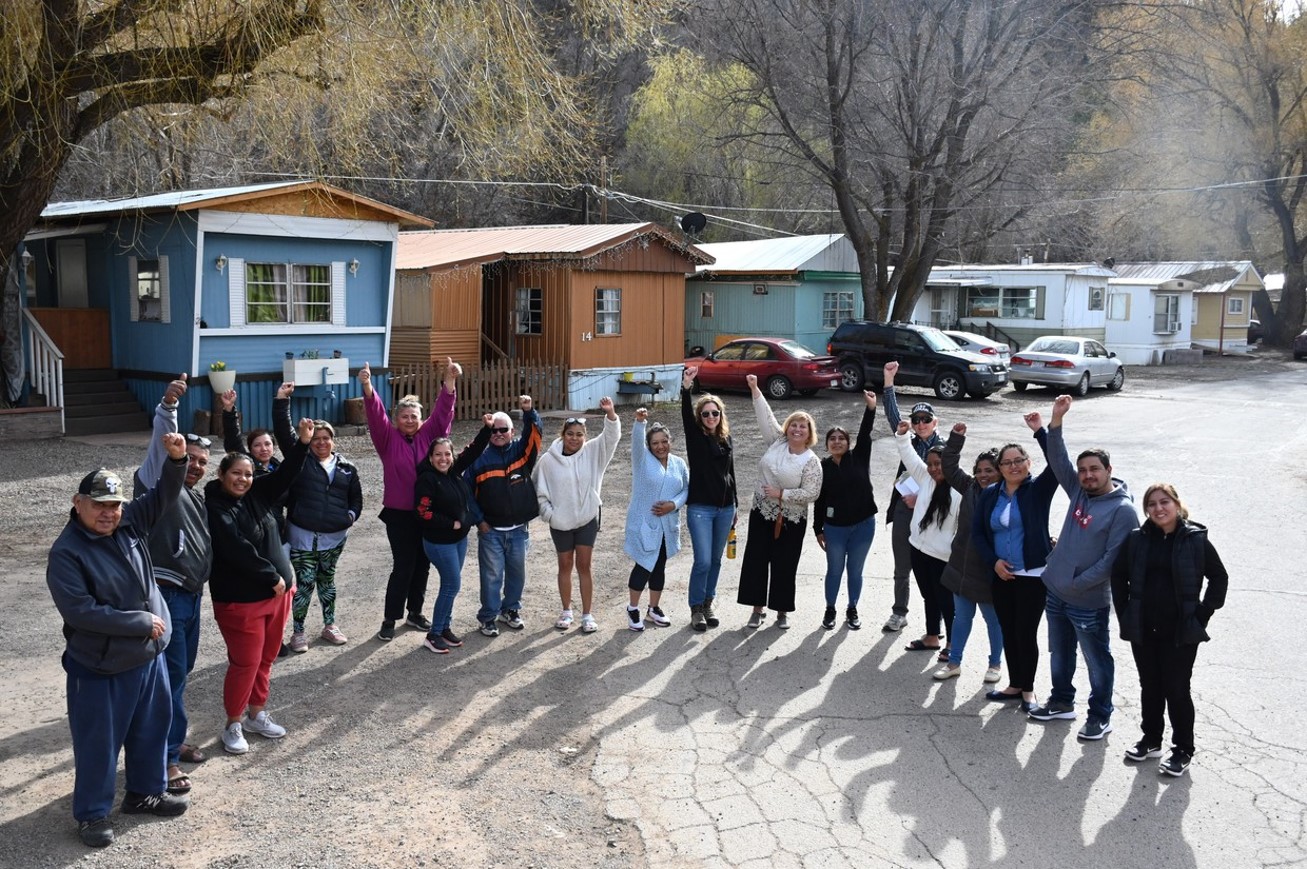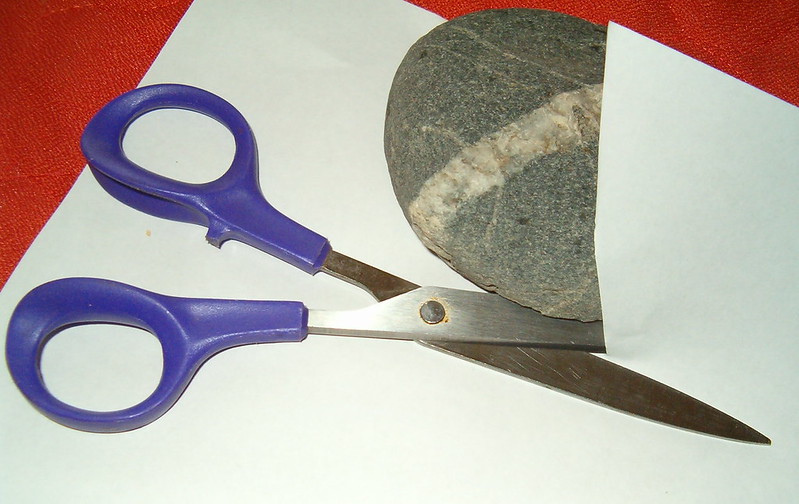Lately I’ve been reading about places where communities are separated by fences. Not divided, as if they had previously been together. I mean places like Hamden, Conn., or the town of Mont-Royal in Montreal, where the wealthier community has literally built a fence to separate itself from the lower-income neighborhood next door.
Neither of these fences was built recently, and neither situation seems surprising when one considers what attitudes were in the mainstream in the 1950s. What is disturbing is that when it is proposed today that these fences be torn down, people on the wealthy side of the fence continue to argue that the separation is needed. People fear their neighbors so much they can’t imagine living together with people of a different race, class or ethnic background.
What I have often seen as a land use planner is that developers of apartment and townhouse communities, especially those that are expected to include affordable housing, typically propose a vegetated buffer of at least 20 feet to separate them from whatever happens to be next door. Developers do this in anticipation of opposition from neighbors to affordable homes, or in respond to a demand neighbors make. The result is the perpetuation of a cul-de-sac, segregated development pattern, rather than one that might tie communities together over time. Neighbors often cite their property value as what is at stake, but behind this is often fear of what the new residents will be like or resentment that people might get a subsidy for their housing.
I wonder if 50 years from now, poorer residents will peek through these tree buffers much as they look through those fences today, seething that they have to be “kept out” of the “better” neighborhood, while wealthier residents still have this fear of their poorer neighbors, because the buffer prevents them from relating to each other in any meaningful way.
(Photo by Flickr user Industry Is Virtue, CC BY-NC-ND.)





There is an essential problem with mixed-income neighborhoods; the residents usually do not share the same values. As a homeowner next to a 4-unit rental I have had endless problems with littering, vandalism, trespassing, and verbal abuse. A chain link fence wasn’t adequate to curb this, nor was a privacy fence – I’ve finally had to install a massive hedge and trees and locking gates.
When I first bought the house I was very open about “community” and actually had no prejudices about lower-income renters as neighbors. However, Being friendly with the neighbors did not work, as they would then invite themselves into my yard, walk into my house, and borrow things from my garage without asking. Gently explaining that I liked my privacy and would they please knock on the front door before coming over or ask before borrowing anything was met with hostility: “I always knew you were just a snob.” The children wrote on my house with chalk (since they write on their house with chalk too,) and when I asked them kindly with good humor not to do it the father (who was sitting on the porch watching them do it) called me “rich bitch” which now the children chant whenever they are outside.
Adults & children throw food and garbage into my yard, which is why I recently planted large trees along the hedge. I know it is them who are doing it because I have had security cameras installed.
I am not rich and my house is not elaborate. It’s a simple 2-bedroom home that is smaller than the 4-unit building and the same size as other houses on our street. My husband and I are in the lower-middle class earning bracket.
The apartment building has a larger lot, a large yard, a large front porch, and 2-3 bedrooms per unit. There are 2 parks and 1 playground within 2 blocks. My yard, my house, and my stuff are not essential to the lower-income families. What I am seeing is that there is resentment toward me as my household income is obviously greater than that of the low-income tenants and I have values that reflect my right to appreciate and use my purchases that they do not share.
Why should I give the use of my property to my neighbors simply because they demand or expect it? I gave my friendship, acceptance, and respect, and I was not respected or accepted in return. When I’ve looked online about this problem, I see that it happens a lot that mixed-income neighborhoods residents frequently have conflicts over basic values such as I am experiencing. There is another apartment building at the far end of my block and the next-door homeowner has exactly the same problems that I do.
I don’t like “redlining” and I believe in fair affordable integrated housing (which is part of the reason I am not moving). But I have to ask why anyone who could afford to live elsewhere would want to deal with being the target of resentment from lower-income residents. Good neighbors and good neighborhoods are everyone’s responsibility, regardless of income.
David your outlook is really pretty twisted, sad, and un-American.
Why do you work from the theory that 50 years from now, the poorer residents of the poorer neighborhoods will still be there, and still be poor?
How about envisioning a scenario in which those people who live in those neighborhoods eventually live on the other side of the fence in the nice neighborhood?
Or, better still, a scenario in which the people of those communities have actually turned them into nice areas that anyone would love to have as neighbors??
Consider Levittown in New York cookie cutter working class neighborhood which 50 years later had become a beautiful, desirable place to live.
Or Buckhead in Atlanta, the working class part of it, not the posh part. Today that area is a beautiful and desirable place to live and Big Brother didn’t have to come in and force anybody in with anybody. No, it’s still not as glitzy as the mansions of a few blocks away but its people aren’t gazing with seething covetousness over at their neighbors.
Why condemn a community trying to protect itself from degradation? Why not encourage, celebrate and hope for communities AND INDIVIDUALS who could do better to uplift themselves and make themselves into desirable neighbors??
GMorton, I’m sorry to hear about your experiences. However, they are anecdotal, and not necessarily what happens every time people of different incomes live next to each other. There are some pretty terrible high-income neighbors too, though the flavor may be different. I won’t speak for David, but I would understand your placing a hedge there after such experiences. However, I’m guessing that preemptively fencing property off as David is describing is likely to exacerbate such resentment, or even foster it where it didn’t already exist. I don’t take his post as being a commentary on individual choices based on actual behavior so much as about group decisions made in the abstract on the basis of stereotypes.
Hi Miriam, thank you for your understanding. I have lived here for 30 years and have had 15+ families living in this rental next door. They all behave the same way. Exactly the same way. It is both appalling and sad. If I was to shop for a house today, after this experience, I would probably find the barriers that David is describing in his article to be appealing. Of course there are horrible high-income community stories but they are not nearly as common as the low-income “stereotypes.” As a person committed to equality in housing, I think that there needs to be some discussion of getting low-income residents “on board” with a simple concept of decent prosocial behavior. As long as this stereotypical antisocial behavior persists among low-income residents, there will be inequitable housing, IMO, due to free choice, and I believe in that as well.
Our house went through 4 owners in 6 years because of this rental; I’ve spoken to all 4 of them about it.
Thank you to the blog owner for allowing this discussion.
Sounds like perhaps there’s an issue with the landlord.